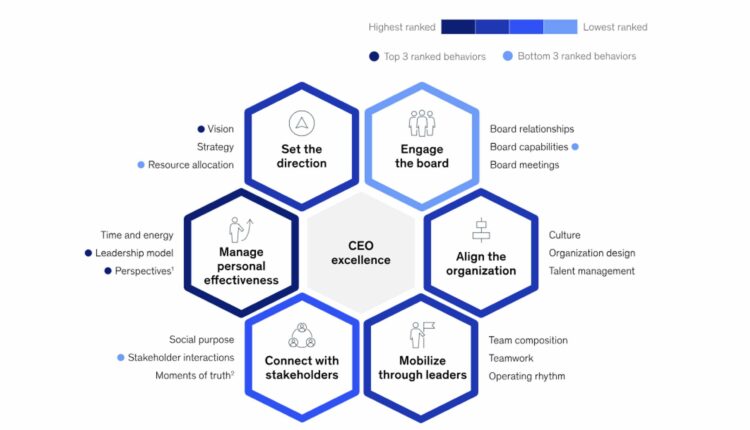From Where do you get so many Anchors in the Deep Sea?
CEOs and Corporate Leaders must keep themselves focused and self-motivated in all situations. This sounds like a robotic phenomenon, as humans also have finite energy and infinite challenges to handle. Let me start with a story about the captain of a ship. While sailing in the deep sea, a philosopher asked the captain, ‘What do you normally do when there is a storm in the deep sea?’. The captain replied- I will put an anchor. The philosopher once again asked- what will your action be when the storm is powerful? The captain again replied- I will place another anchor. Upon hearing this answer, the philosopher reiterated – what will you do when you have such a storm that the ship will almost topple? With the same calmness and composition, the captain replied- I will put another anchor. Irritated, the philosopher asked- from where do you get so many anchors in the deep sea? With the same calmness, the captain answered- the same place from where you get all these storms! A CEO’s role is like that of the ship’s captain, who needs multiple anchors to use whenever there is an issue with the company. Here, we discuss a CEO’s six critical anchors to test his leadership and management skills.
We are entering into the season of evaluations and appraisals. While soft and hard metrics are available for employees and managers, leaders must evaluate themselves through a self-check method outside the organizational procedures and processes. Leaders are the most challenging and demanding inside the organization in the current socio-economic and environmental climate. The leaders are pulled apart with profit goals as well as sustainability challenges. Attempts are being made to find out what the leaders and CEOs of the companies are currently struggling with.
There are six key issues that CEOs are focussing on, as found in a study conducted by the McKinsey Centre for CEO Excellence using the CEO Excellence Assessment Tool (CEAT). The first important dimension is Setting the Direction. The CEOs found setting the vision and strategy easier compared to resource allocation. Companies that do not dynamically align their resources- money, workforce, management, and evolving corporate strategy- will be forced to leave the value in the boardroom. Wherever there is a proactive allocation of resources to a corporate strategy, the return to the shareholders has been around 10% more than the laggard allocations.
The second critical dimension is how the CEOs are engaged with the board. The CEOs judge harshly on this dimension as they believe they can establish good relationships with the board but can’t put good behaviours into practice when tapping into the skills and focusing on the future. The best CEOs often find their role is to help the board make prudent and strategic decisions that contribute to higher valuation and value creation.
The third important dimension is the alignment of the organization. The CEOs are confident in their abilities to create culture and design effective organizations but often need to be more optimistic about talent management. The CEOs interested in improving their performance in talent management should understand and manage talent for 40-50 roles that are most important in enhancing corporate value. This doesn’t mean that all of them need to be senior roles- these roles should be given to top performers with backup talent for any eventualities and exits.
The CEOs are most confident in the fourth dimension of mobilizing through the leaders. The CEOs are often found to be comfortable with their performance related to team composition, teamwork and efficiency. They continuously assess how their teams are performing. They display a deeper understanding of the team’s model and reflect on how their team needs to understand organizational goals and what is best for the organization.
Today, with so much social media and public scrutiny, CEOs need to connect well with their stakeholders. The CEOs are generally confident about their performance in finding their larger social purpose, maintaining a long-term perspective and showing resilience during difficult times. However, some of them need help with the stakeholders’ reactions. The research says that a company’s relationships with external stakeholders can influence as much as 25% and above corporate earnings. CEOs must understand stakeholders, aspirations, and fears to develop a stronger bond with them.
The CEOs are leaders, and there is also a need to manage their effectiveness. The CEOs are generally confident in managing their efficacy, mainly when the situation demands staying humble, showcasing leadership and staying true to one’s values. They need a better evaluation score on working their time and energy levels. They often struggle to balance their finite energy levels and infinite challenges. They use the prioritization tools and share their thoughts on building and sustaining more robust personal effectiveness with the team members.

